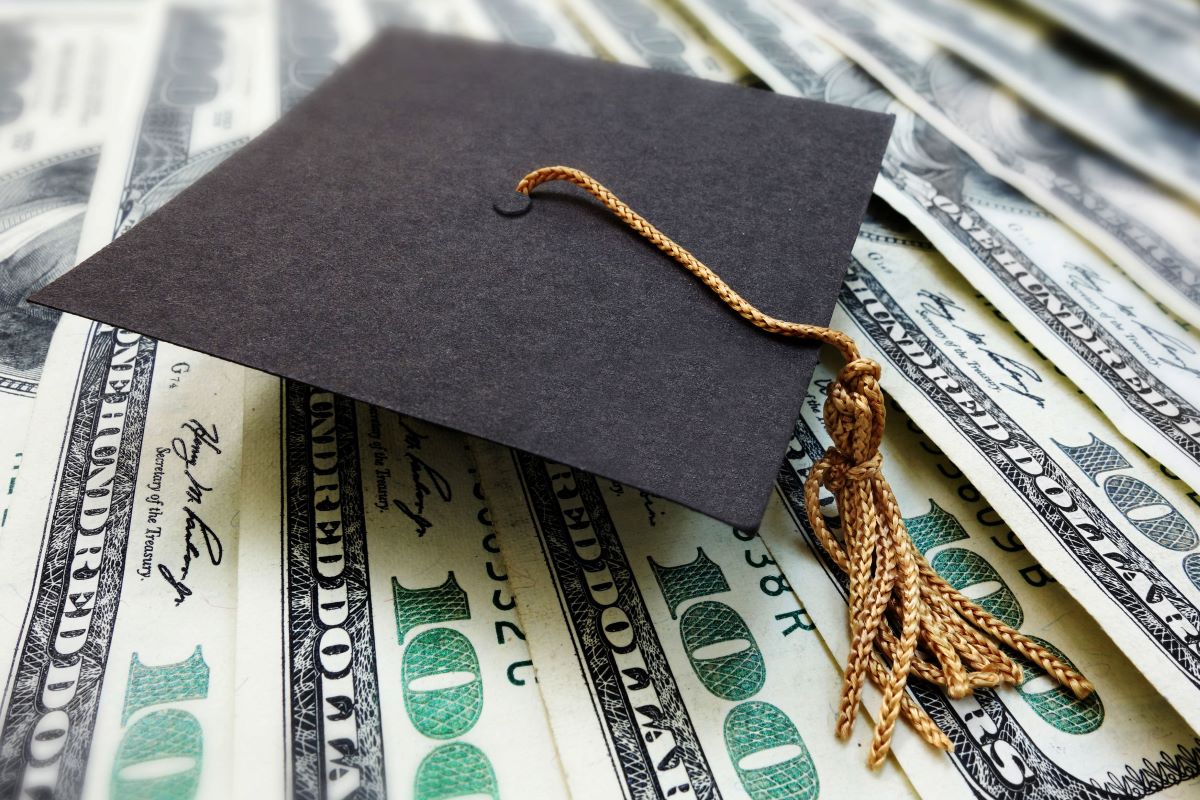Student-loan repayment programs rise as organizations seek to appeal to millennials
Here’s a primer on what to consider when implementing a program, and why you should.

Financial wellness programs are on the rise across corporate America, up some 30% in just three years. Within that broader trend, one increasingly popular benefit is student-loan repayment assistance, thanks in part to the millennial generation’s impact.
“More millennials are living paycheck to paycheck,” says Tom Kelly, principal and voluntary benefits leader of Buck, a human-resources consulting firm. “They’re buried in debt, including student-loan debt. One in four owes $30,000 in college debt that can take them more than 20 years to pay off.”
Buck found a trifecta of employee-financial concerns in its 2020 Financial Wellbeing and Voluntary Benefits Survey. Half the employees surveyed were worried about budgeting and saving. Another 49% wanted to get off the paycheck-to-paycheck cycle. And 44% said student loans were their most significant burden.
One group fell into all three of these categories: millennials.
Kelly says organizations looking at the data will see each generation has its own needs. But with millennials already half of the U.S. workforce—and increasing to 74% in five years—it makes sense to focus on those employees born between 1980 and 2000.
Become a Ragan Insider member to read this article and all other archived content.
Sign up today
Already a member? Log in here.
Learn more about Ragan Insider.


